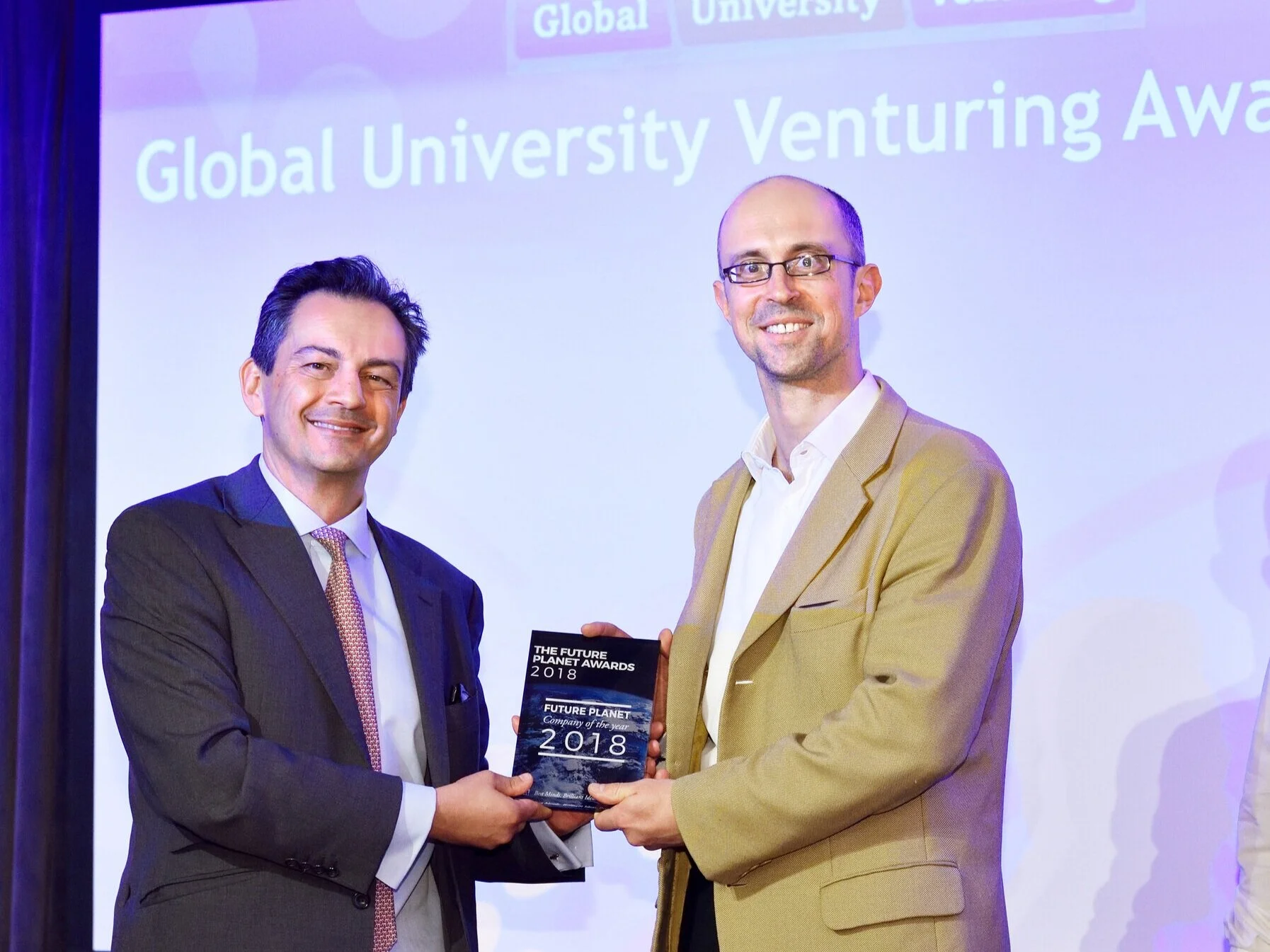Why impactful investing is the way forward in 2022
by Lord Nat Wei of Shoreditch, Advisory Board Memeber Future Planet Capital
With the unprecedented levels of change inflicted by the COVID-19 pandemic, rapidly shifting geopolitics, and the race to get to net zero since COP26, it is clear the world needs to accelerate its innovation and development processes to protect our planet and the human race. Businesses, governments, and NGOs must work together urgently to find solutions.
But there is a vital tool at our disposal that is grossly underused: impactful investing. Innovation and new, disruptive technologies are critical in making progress towards the Sustainable Development Goals (SDGs) and the climate-specific pledges made at COP26, to decentralising our healthcare system to immunise it from future lockdowns, and to make our supply chains and energy systems more resilient to combat inflation and rising living costs. Yes, there has been admirable progress in many areas, but the fact remains that today the technologies simply do not exist to achieve Net Zero in the developed world cost-effectively, or to combat the next pandemic more effectively than we have done so far. World leaders have talked the talk; now researchers, engineers, business leaders and investors need to walk the walk for them. This is where impactful investing comes in.
Experience tells us the greatest technological progress is made by start-ups and scale up businesses, with solutions that government, corporates, and society can get behind when they are needed. Backing innovative solutions to solve pressing issues requires joint action. There must be a concerted effort made by all these stakeholders to unlock impactful investment. Imagine what would happen if we found and unleashed more Kate Binghams (herself a venture capitalist) and the innovative companies they could help us direct resources to not just to procure new vaccines but to revamp the NHS? Or find ways to heat our homes and power our grid more efficiently. Or ultimately help keep taxes low by helping us transition as a country to be more resilient and agile in the face of climate change and future supply and other shocks?
Government should look to play a larger role as a procurer of innovation and encourage impactful venture investing with green and impactful-oriented tax breaks. Pensions industry regulators should take a more balanced risk approach and favour impactful investing so there is a decent world for the pensioners of the future to live in while also boosting the long-term value of their pensions. To not do so, given the societal and planetary risks we face, is a risk itself; one that the regulatory system should be accountable for, alongside protecting the immediate financial returns and assets of members.
Finally, it is essential that society has a more active role in holding legislators, regulators and board members to account, using tools such as the Companies Act 2006, Section 172. All too often we have seen company directors knowingly ignore their duty to help society and the environment, in favour of ill-gotten benefits for a few, just as big tobacco did decades ago. This cannot continue, and customers know it.
The investment community itself has a major role to play. It must look at how best to scale the field of impact, transforming it from a niche, historically less focused on profit asset class, to a
mainstream practice centred around high impact, high profitability, and large global funds. This may require adapting and simplifying approaches; as Tom Beagent, a leading expert in impact at PwC, rightly says: “All investments make impact, good or bad – impact investing is about creating more positive impact.” This transition may also require a reconciliation in academic research between what works practically on the ground for investment professionals and entrepreneurs, and what drives them both financially and socially. This is needed to align incentives amongst the investors, and the investors and the market. It is not a zero-sum game.
But we must be positive and not despair about the challenges ahead. We have the talent, skills and resources, and there are already key players leading the charge such as Future Planet Capital (FPC), who have exemplified a pragmatic approach to creating solutions to huge global challenges, marrying profit and purpose. Whilst the marked growth of impactful and Environmental, Social and Governance (ESG) considerations among investors is encouraging and actors, like FPC, look to generate positive change, we, as an investing community, should remain mindful not to overpromise. It is essential that progress is meaningful and long-term rather than superficial or a ‘quick fix.’
Much of the responsibility for pushing impactful investing rests with VC investors and founders. However, everyone must act responsibly and be accountable. The potential for policymakers, regulators, LPs, pension funds and consumers to play an influential role in bringing impact to mainstream adoption must be recognised and harnessed. A culture change will be needed in Whitehall, in the City, and in the wider country, and there will be bumps along the way as we seek to procure differently, invest more purposefully, and demand those who govern us to be more solutions-focused. We are just at the beginning and the road ahead may seem long, but we must start having joined-up conversations about how we may all endeavour to deliver this change, with impactful investing providing a potential very practical way forward into 2022 and beyond after major shifts caused by Brexit, Covid, and COP26.
By Lord Wei, Author of the Wei Foreward report published by Future Planet Capital.


